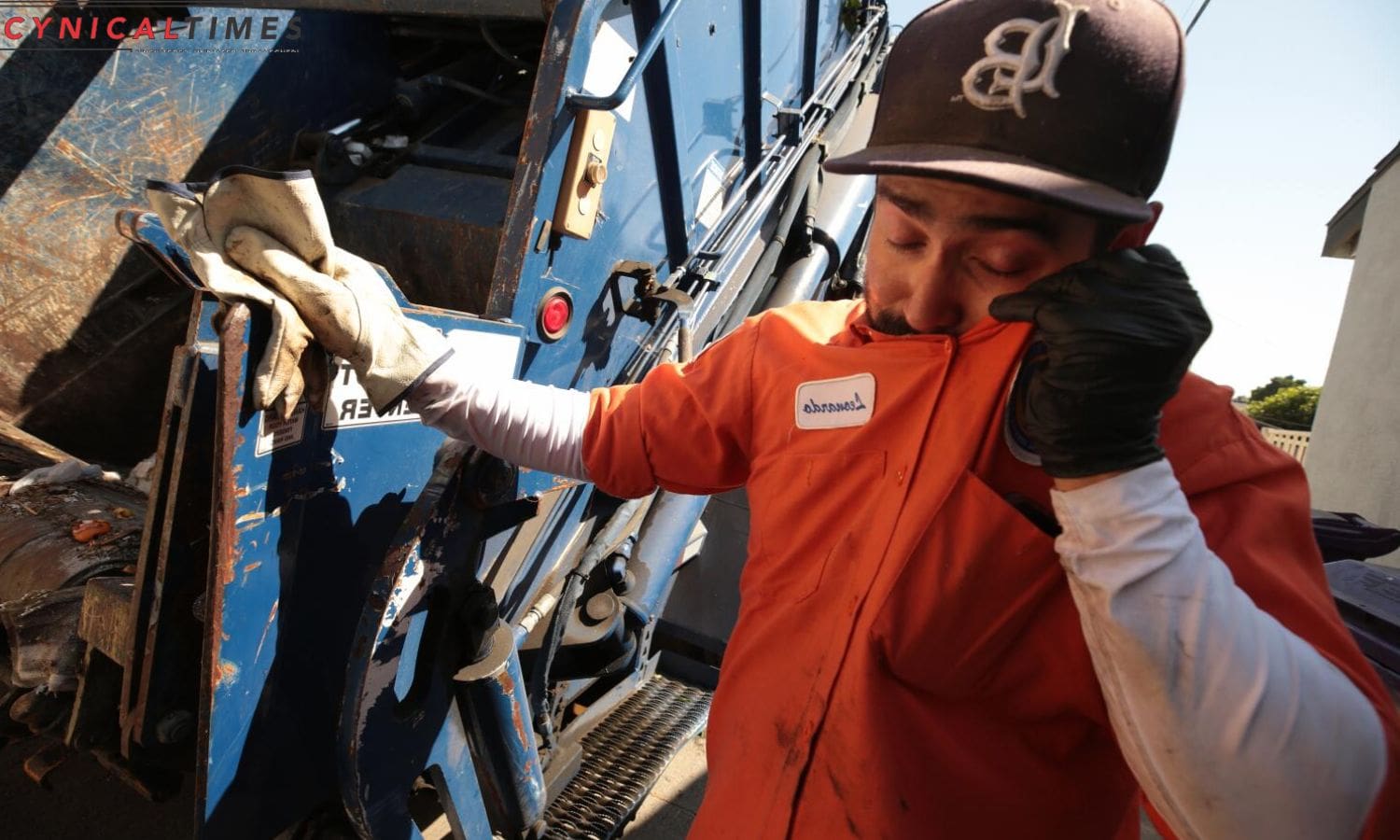Safeguarding Indoor Workers California: California is taking a pioneering step in safeguarding indoor workers from the risks associated with extreme heat. Proposed heat standards aim to address the health concerns posed by current climate conditions and the impact of soaring temperatures on workers.
The details of California’s existing protections and the proposed standards, while also exploring the controversies and perspectives of businesses and workers.
The crucial topic of safeguarding indoor workers through California’s innovative approach.
Key Takeaways Of Safeguarding Indoor Workers California
- Proposed California Heat Standards aim to establish comprehensive guidelines for protecting indoor workers’ health and safety in hot working conditions.
- The standards include specific requirements for indoor temperature, humidity, and ventilation, as well as access to cool drinking water and rest breaks in shaded areas.
- Heat-related illnesses pose significant health risks to indoor workers, and extreme temperatures can negatively affect their well-being and productivity.
- Controversies exist regarding compliance costs and operational disruptions for businesses, while workers express concerns about the proposed temperature thresholds and their adequacy in protecting their health and safety. Ongoing dialogue is needed to strike a balance between worker protection and business sustainability.


Also Read: Japan Earthquake Resilience: Lessons for Californians
Proposed California Heat Standards for Indoor Workers
The proposed California heat standards for indoor workers aim to establish comprehensive guidelines for protecting employee health and safety in hot working conditions. These standards are an important step towards addressing the increasing impact of climate change on workplace environments.
By setting specific requirements for indoor temperature, humidity, and ventilation, these standards will ensure that workers are provided with a safe and comfortable working environment, even in high heat conditions.
Additionally, the proposed standards will require employers to implement preventive measures such as providing access to cool drinking water, rest breaks in shaded areas, and training programs on recognizing and responding to heat-related illnesses.
Health Risks and Current Climate Conditions
A significant number of indoor workers face an escalating risk of heat-related illnesses due to the current climate conditions. As global temperatures continue to rise, extreme heat events are becoming more frequent and intense. These conditions pose a serious threat to the health and well-being of workers who spend long hours indoors, especially in poorly ventilated or air-conditioned spaces.
Heat-related illnesses, such as heat exhaustion and heat stroke, can have severe consequences, including organ damage and even death. The combination of high temperatures, humidity, and limited airflow in indoor environments can lead to increased body heat retention and decreased ability to cool down through sweat evaporation.
It is crucial for employers to recognize these health risks and implement appropriate measures to protect their workers, such as providing adequate ventilation, access to cool water, and scheduled breaks in cooler areas. By prioritizing the health and safety of indoor workers, we can mitigate the impact of rising temperatures and ensure their well-being in the face of current climate conditions.


The Impact of Extreme Temperatures on Workers
Extreme temperatures have a profound impact on the well-being and productivity of indoor workers. Heat-related illnesses, such as heat exhaustion and heatstroke, pose significant health risks. According to a CDC report on heat-related deaths in the United States, extreme heat is responsible for hundreds of fatalities each year. Indoor workers, who may be exposed to high temperatures due to poor ventilation or inadequate cooling systems, are particularly vulnerable.
These extreme temperatures can lead to fatigue, reduced cognitive function, and decreased physical performance, all of which negatively affect productivity. Furthermore, prolonged exposure to extreme heat can contribute to chronic health conditions, such as cardiovascular disease.
To safeguard indoor workers, it is crucial for employers to implement measures such as providing adequate ventilation, cooling systems, and regular breaks in cool areas. Additionally, worker training on heat-related illnesses and prevention strategies is essential for ensuring a safe and productive work environment.
California’s Existing Protections and Proposal Details
California’s existing protections and proposal details highlight the measures in place to safeguard indoor workers from the adverse effects of extreme temperatures.
These protections include:
- Temperature thresholds: The proposed regulations establish temperature thresholds for indoor workplaces, beyond which employers must take action to protect workers. These thresholds vary depending on the type of work being performed and the level of physical exertion involved.
- Cooling measures: Employers are required to provide cooling measures such as air conditioning, fans, or access to cool areas when indoor temperatures exceed the established thresholds. These measures help prevent heat-related illnesses and ensure a safe working environment.
- Training and education: The proposal also emphasizes the importance of training and education for both employers and workers. This includes educating workers on the signs of heat-related illnesses and training employers on how to implement effective heat prevention strategies.
Controversies and Perspectives: Businesses and Workers
Amidst the implementation of California’s pioneering heat standards, concerns and perspectives from businesses and workers have emerged. While the intention behind these standards is to protect indoor workers from extreme temperatures, some businesses worry about the potential impact on their operations and costs. They argue that complying with the stringent temperature thresholds may require significant investments in cooling systems and could disrupt their productivity. On the other hand, workers have expressed dissatisfaction with the proposed temperature thresholds, claiming that they are still too high and fail to adequately safeguard their health and safety. These concerns highlight the delicate balance that needs to be struck between protecting workers and ensuring the sustainability and profitability of businesses.
To visually represent the different perspectives, the following table provides a summary of the main concerns expressed by businesses and workers:
| Businesses’ Concerns | Workers’ Concerns | Implications |
|---|---|---|
| Compliance costs and operational disruptions | Insufficiently low temperature thresholds | Potential impact on productivity and job satisfaction |
| Increased energy consumption and expenses | Lack of protection against extreme heat | Long-term health risks for workers |
| Competitiveness and economic viability | Unclear enforcement and accountability measures | Need for stricter regulations and worker empowerment |
These controversies and perspectives highlight the complexity of implementing heat standards and the need for ongoing dialogue between businesses, workers, and policymakers to ensure the well-being of indoor workers while also considering the realities faced by businesses.


Conclusion Of Safeguarding Indoor Workers California
The proposed California Heat Standards for Indoor Workers aim to address the health risks and challenges faced by workers in extreme temperatures. By implementing stricter regulations and providing necessary protections, California seeks to safeguard the well-being of indoor workers.
While the proposal has faced some controversies from businesses, it is crucial to prioritize the health and safety of workers. These pioneering heat standards have the potential to set a precedent for other states to adopt similar measures and prioritize worker welfare.
Our Reader’s Queries
What is the indoor heat rule in California?
If the temperature in an indoor work area is 82 degrees Fahrenheit or higher when employees are present, this section applies. However, if an indoor work area is not subject to any of the conditions listed in subsection (a)(2), the employer is not obligated to comply with subsection (e).
What is the hottest temperature you can legally work in?
OSHA recognizes that what feels comfortable for one person may not be the same for another. As a result, they do not prescribe a specific temperature for workplaces. However, OSHA does have guidelines for workplace temperatures, recommending that employers maintain a thermostat setting between 68 and 78 degrees. This ensures that the workplace is conducive to productivity and comfort for all employees.
What are the OSHA rules for indoor heat?
New regulations require that indoor workplaces with temperatures of 82 degrees Fahrenheit or higher must adhere to specific guidelines. These guidelines include providing access to water, cool-down areas, acclimatization, training, and other measures to ensure the safety and well-being of employees. Compliance with these regulations is essential to maintain a safe and healthy work environment.
Is it illegal to work in extreme heat California?
Several states have established heat exposure standards, with California being one of them. The Heat Illness Prevention Standard in California mandates that employers provide their workers with training, water, shade, and planning to prevent heat-related illnesses. The standard is triggered when the temperature reaches 80°F.

